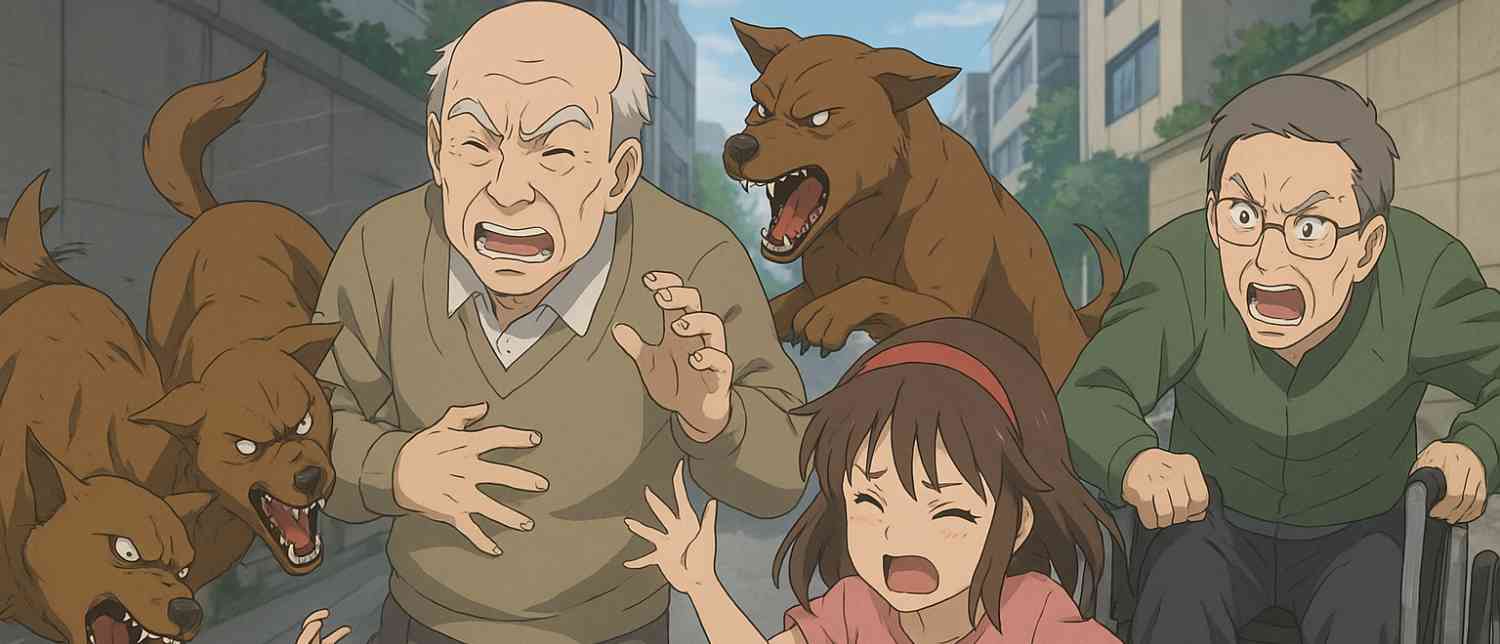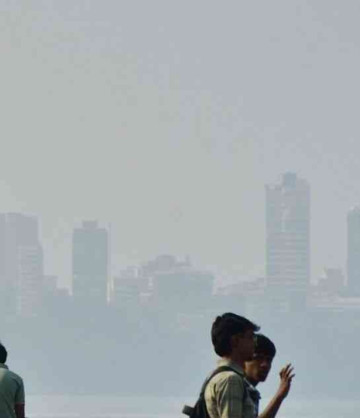In a decisive move aimed at tackling the growing menace of stray dog attacks and rabies cases in the Delhi-NCR region, the Supreme Court of India has issued a sweeping order mandating the immediate capture, sterilisation, and permanent relocation of stray dogs to specially built shelters. The court’s intervention follows a series of alarming reports detailing a sharp rise in dog bite incidents, particularly affecting children and the elderly, and has been described by the bench as a matter of urgent public health and safety.
The verdict, delivered by a bench comprising Justice JB Pardiwala and Justice R Mahadevan, has set strict timelines, uncompromising rules, and stern warnings for authorities and individuals alike — signalling that the time for discussion is over, and the time for concrete action has arrived.
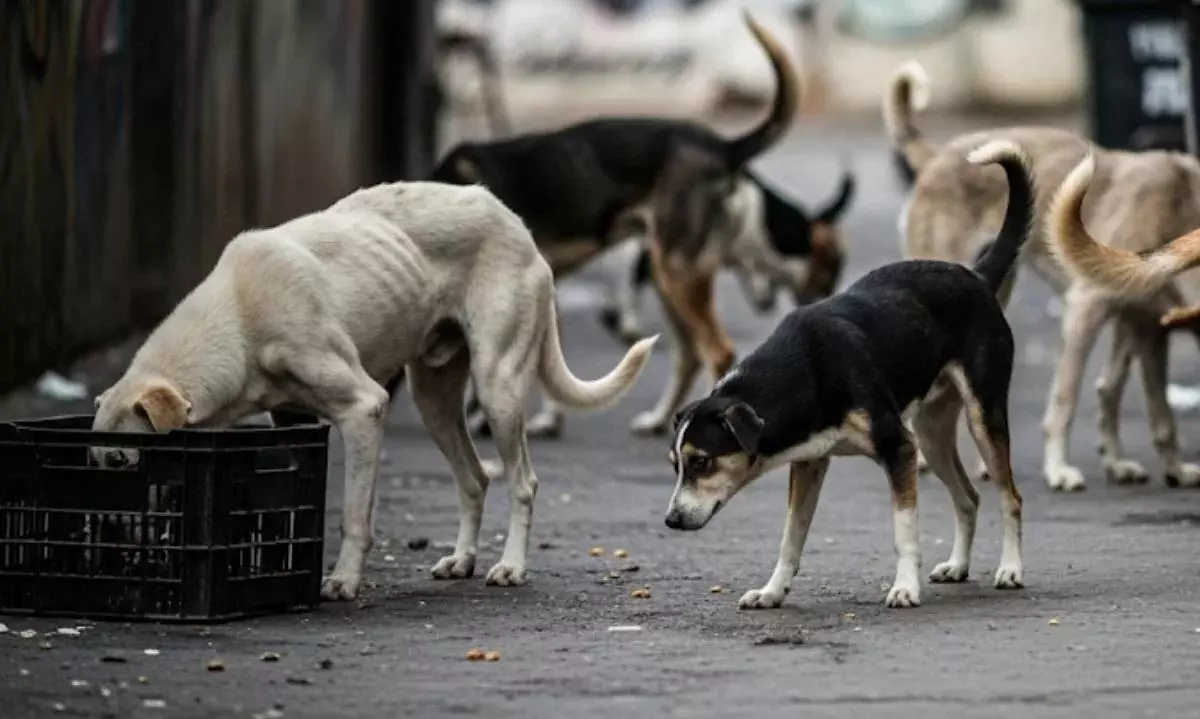
A Crisis Reaches the Courtroom
The issue reached the apex court after it took suo motu cognisance in late July of a media report highlighting the disturbing spike in rabies-related deaths and serious injuries from stray dog attacks in and around Delhi. Data presented in court underscored the urgency: between January and June this year, Delhi alone reported 49 confirmed rabies cases and over 35,000 animal bite incidents, according to the Municipal Corporation of Delhi (MCD).
The World Health Organization estimates that rabies claims nearly 60,000 lives globally each year, with India accounting for 36% of these deaths. Children are particularly vulnerable, as their smaller size and tendency to play outdoors make them easier targets for aggressive strays.
Justice Pardiwala, during proceedings, noted bluntly:
“Infants and young children, not at any cost, should fall prey to rabies. This is not for our self-interest, but for the people at large. No sentiments of any nature should be involved.”
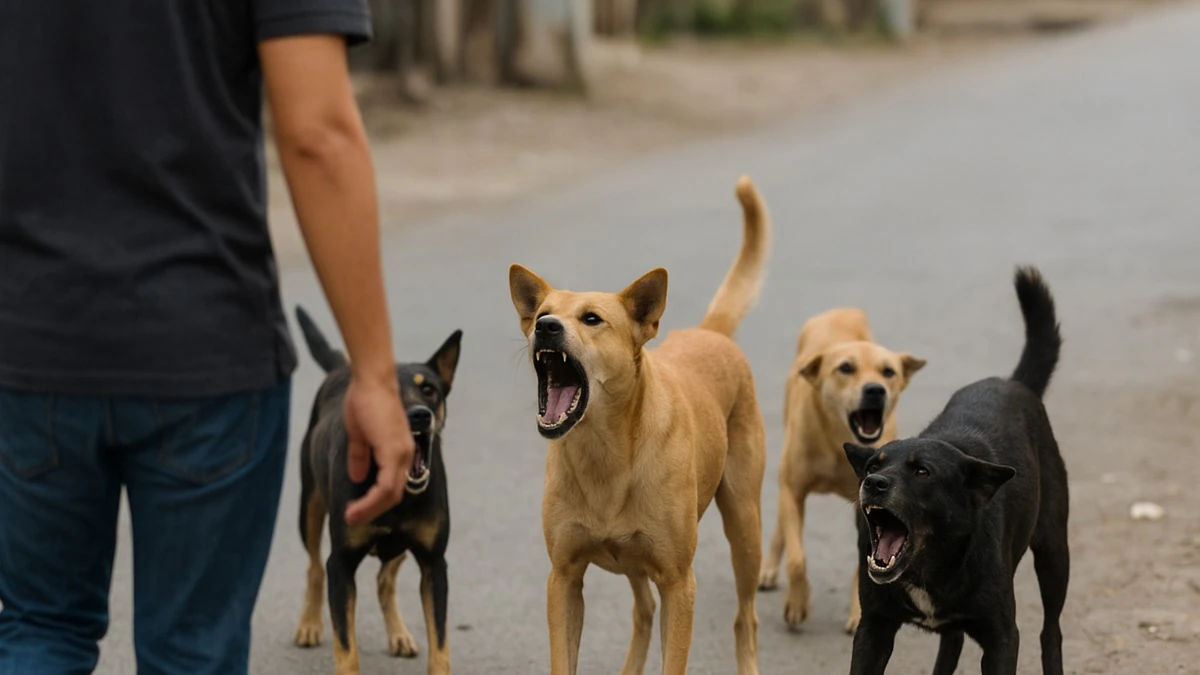
The Supreme Court’s Mandate: No Room for Compromise
Calling the situation “extremely grim,” the bench issued a detailed five-point directive that leaves little room for delay or negotiation:
-
Construction of Shelters Within 8 Weeks
All civic authorities in Delhi, Noida, Gurugram, and surrounding NCR regions must build dedicated dog shelters, equipped with professional handlers, sterilisation and immunisation facilities, and round-the-clock CCTV monitoring to ensure that captured dogs are not released.
-
Mass Capture of Stray Dogs
Authorities must begin rounding up at least 5,000 stray dogs within six weeks, prioritising vulnerable areas, and maintain a daily record of captured animals. These dogs — whether sterilised or not — are never to be released back onto the streets.
-
Strict Action Against Obstruction
Any individual or organisation that interferes with the capture or relocation process will face legal consequences, including contempt of court proceedings. The court made its stance clear on obstruction, stating:
“All these so-called animal lovers — will they be able to bring back those children who have lost their lives?”
-
Rapid-Response Helpline
A dedicated helpline for reporting dog bites and rabies cases must be operational within one week. Upon receiving a complaint, authorities are required to act within four hours to capture the animal, sterilise it, and prevent its release.
-
Rabies Vaccine Availability
The Delhi government must publish detailed monthly reports on rabies vaccine stock levels and availability, along with treatment statistics, to ensure timely medical intervention.
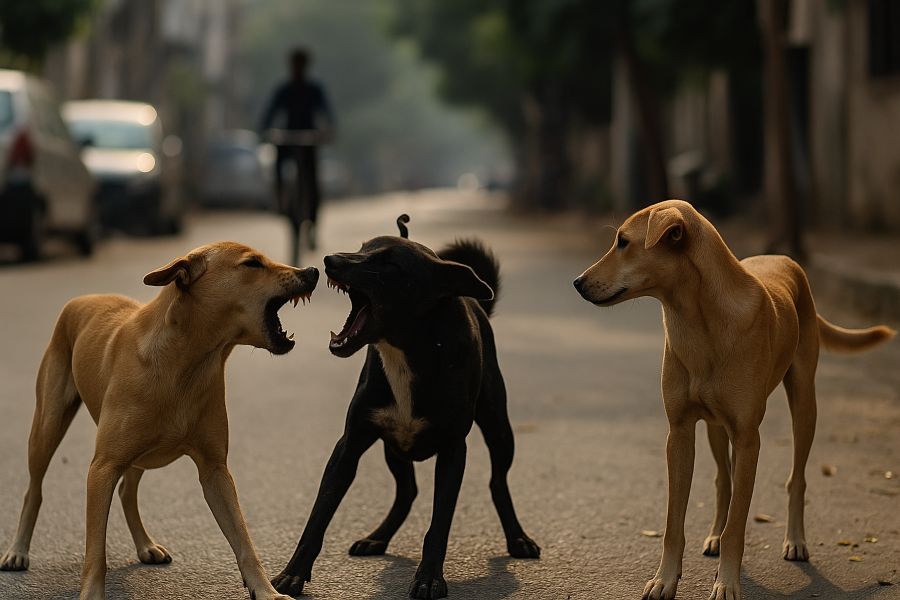
A Zero-Tolerance Approach to Street Strays
One of the most striking aspects of the order is the complete prohibition on returning stray dogs to public spaces — a major departure from previous “catch, sterilise, and release” protocols. The court explicitly rejected suggestions that adoption could serve as a viable solution, citing risks that adopted dogs might later be abandoned back onto the streets.
Solicitor General Tushar Mehta, representing the Centre, supported this hardline stance, telling the court:
“We cannot sacrifice our children just because of a few dog lovers.”
Justice Pardiwala went further, urging authorities to bypass bureaucratic red tape if necessary:
“Pick up dogs from all localities and shift them to shelters. For the time being, forget the rules.”
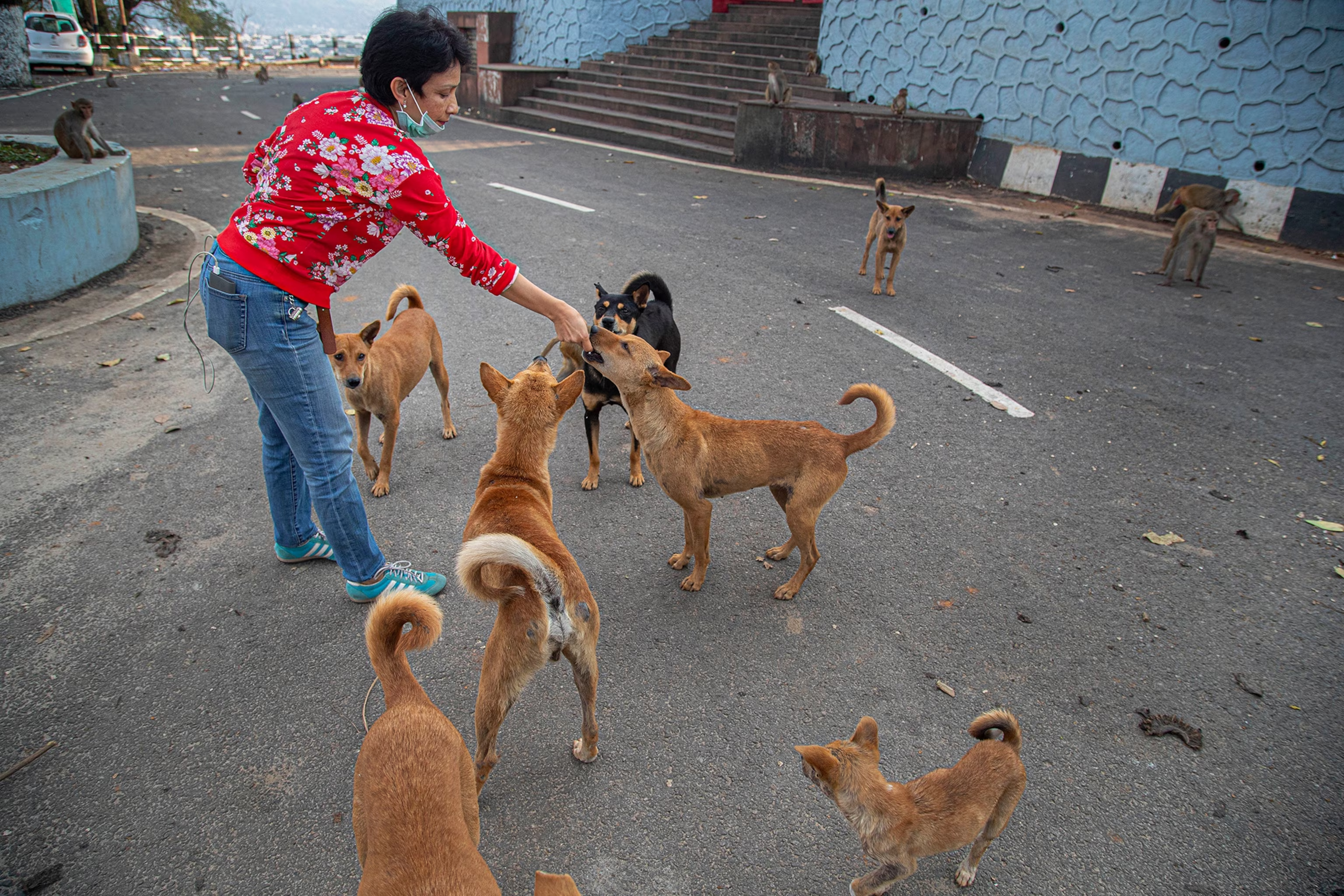
Delhi Government’s Commitment to Compliance
Delhi’s Development Minister Kapil Mishra has pledged to implement the Supreme Court’s order in a “time-bound manner” and in full coordination with all relevant agencies. Posting on X (formerly Twitter), Mishra wrote:
“Under the leadership of CM Rekha Gupta, the Delhi government’s animal department will work with all agencies to study this order and move forward in the direction of its proper implementation.”
Mishra stressed that while public safety is the top priority, the welfare of the animals will also be ensured within the shelters.
MCD’s Parallel Efforts: Technology and Awareness
Even before the Supreme Court’s latest order, the MCD had initiated measures to control the stray dog population and curb rabies cases. These include:
-
Upgrading Animal Birth Control (ABC) Centres
ABC facilities are being modernised with trained staff, advanced surgical equipment, and improved monitoring systems. -
Microchipping Dogs
Plans are underway to implant microchips in sterilised dogs, enabling accurate record-keeping and health tracking. -
Routine Health Check-Ups
Sheltered animals will undergo regular blood tests and health monitoring. -
Public Awareness Campaigns
Zone-wise anti-rabies awareness drives are being rolled out to educate communities about prevention and treatment.
BJP leader and animal welfare advocate Maneka Gandhi, who attended an MCD committee meeting on August 4, emphasised that humane treatment must remain part of the solution, alongside stringent public safety measures.
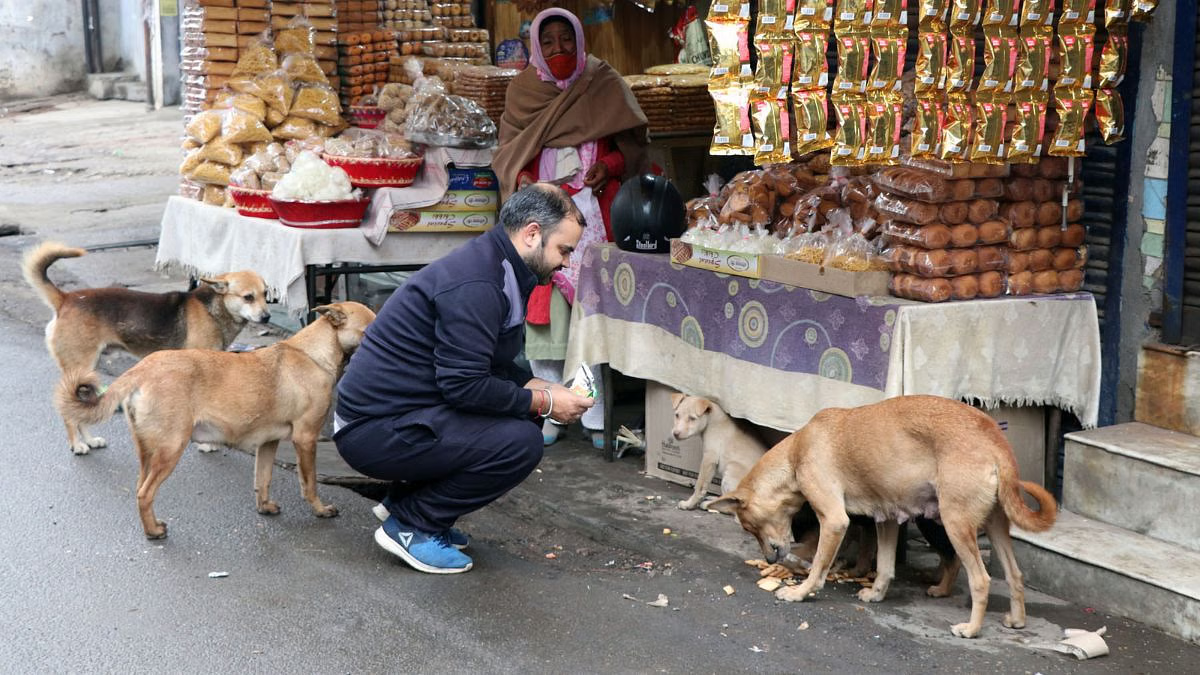
Strong Words from the Bench
In a moment that captured headlines, Justice Pardiwala invoked a pop culture reference to stress urgency over rhetoric:
“Have you seen the classic The Good, the Bad and the Ugly? When you want to shoot, shoot — don’t talk. It’s not the time to talk but act.”
The remark underscored the bench’s impatience with prolonged debates between civic bodies and animal rights activists, insisting that the safety of citizens — especially children — outweighs all other considerations.
Rabies: A Public Health Emergency
The court’s ruling also places a strong emphasis on combating rabies, which has a near-100% fatality rate once symptoms appear. Medical experts warn that rapid post-exposure vaccination is the only effective defence, making vaccine availability and public awareness critical.
The Supreme Court has directed that detailed vaccine availability data be made public, along with the exact locations where vaccines can be obtained. This measure aims to remove logistical delays and ensure immediate access for bite victims.
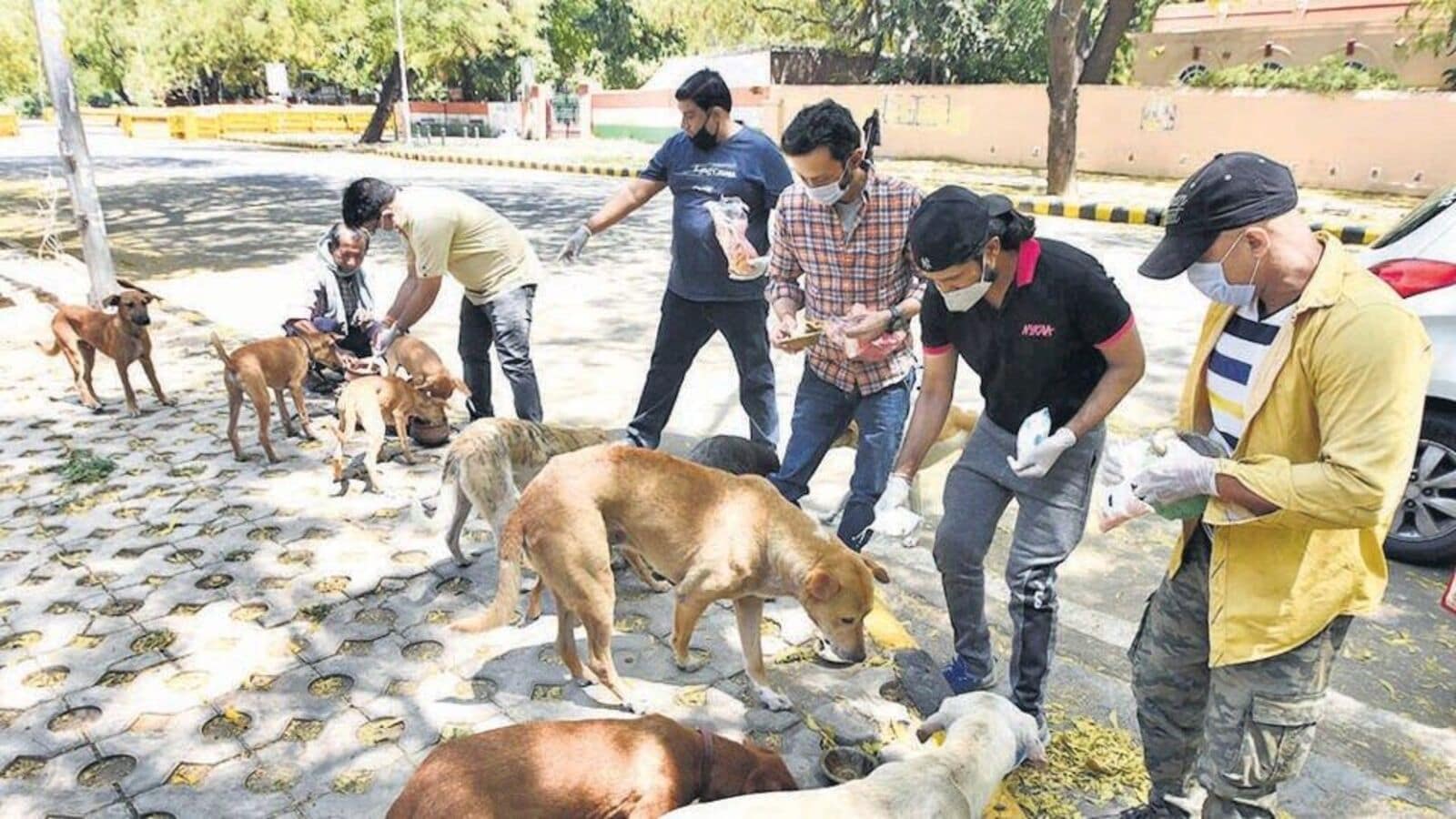
Implementation Challenges Ahead
While the directives are clear, their execution will require unprecedented coordination among multiple agencies — including the MCD, NDMC, Delhi Police, and municipal bodies in neighbouring NCR cities.
Key logistical hurdles include:
-
Shelter Infrastructure
Building adequate shelter space within eight weeks will be a massive undertaking, requiring land allocation, construction, and staffing. -
Specialised Manpower
Handling large numbers of dogs safely and humanely demands trained personnel, veterinary support, and reliable equipment. -
Legal Resistance
Previous attempts to relocate strays have faced legal challenges from animal rights groups. The court’s current stance — refusing to hear petitions from dog lovers on this issue — aims to prevent such delays.
A Balancing Act Between Safety and Compassion
Though the Supreme Court’s order prioritises public safety, it also implicitly recognises that humane treatment of animals must remain part of the long-term solution. Well-managed shelters, regular veterinary care, and sterilisation programmes are essential not only for reducing immediate risk but also for addressing the root causes of stray dog overpopulation.
Minister Mishra and MCD officials have both indicated that animal welfare will be safeguarded within the court-mandated framework.
The Road Ahead: A Safer Delhi-NCR?
If fully implemented, the Supreme Court’s directive could mark a turning point in Delhi-NCR’s decades-long struggle with stray dog management. By combining rapid shelter construction, mass capture, strict legal enforcement, and public health measures, the ruling seeks to create a city where residents can walk without fear of rabies or unprovoked attacks.
Yet, the scale and speed of the required actions will test the capacity and political will of civic authorities. With public sentiment divided — between those calling for immediate safety measures and those advocating animal rights — the coming months will reveal whether the court’s bold order can be translated into lasting change.
With inputs from agencies
Image Source: Multiple agencies
© Copyright 2025. All Rights Reserved. Powered by Vygr Media.

